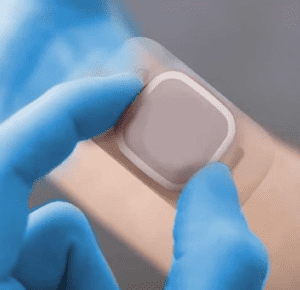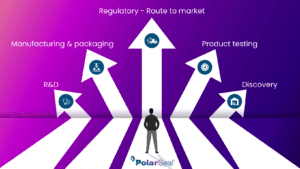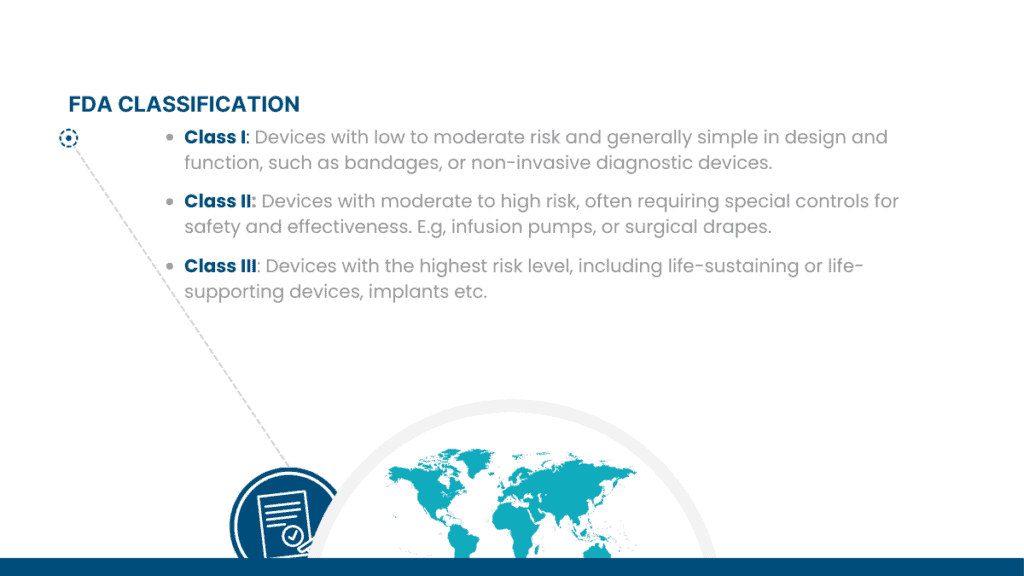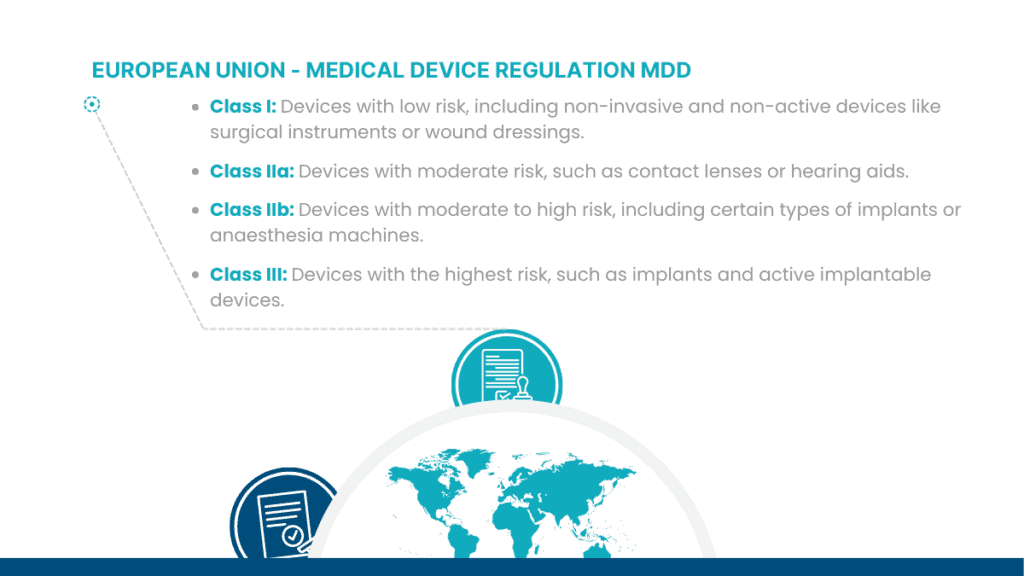Medical device classification is a regulatory process that categorizes medical devices into different classes based on their intended use, risks, and other relevant factors. The classification system can be a complex landscape, but it helps regulatory authorities establish appropriate regulatory controls and requirements for ensuring the safety and effectiveness of medical devices.
The classification system may vary depending on the country or region on which you aim to market your medical device; so, the first step is to establish where you intend to market the device.
Below are some examples of commonly used classification systems:
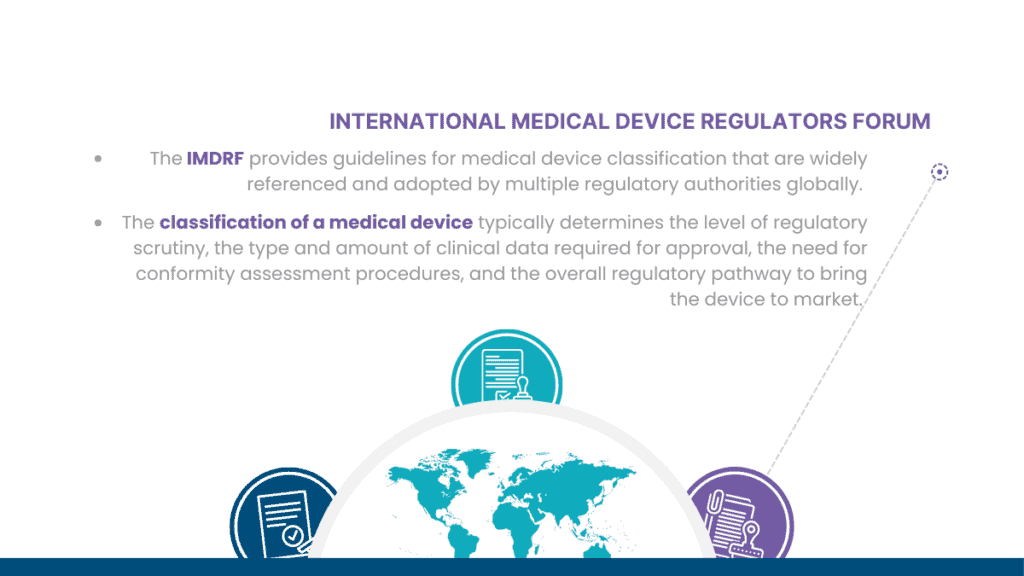
It’s important for medical device manufacturers and designers to understand the classification system in their target market and comply with the applicable regulations to ensure the safety, quality, and effectiveness of their devices.
So, when classifying a medical device, there are several factors that a medical device designer should consider. The classification process helps determine the regulatory requirements and level of scrutiny that the device needs to undergo before it can be marketed. Let’s look at some of the key considerations:
- Intended Use: Clearly define the intended use of the device, this includes identifying the medical purpose, target patient population, and the specific medical conditions or diseases it aims to diagnose, prevent, monitor, treat, or alleviate.
- Risk: Evaluate the potential risks associated with the device. Consider both the severity and probability of harm that the device poses to patients, users, and others. The higher the risks the more stringent regulatory requirements a device will face.
- Duration of Use: Determine whether the device is intended for short-term use i.e. diagnostic tools such as ECG’s & blood pressure monitors, long-term use i.e. continuous glucose monitor, joint movement monitors & Stomas, or permanent implantation such as implants, pacemakers & stents. Implantable devices often have a higher classification due to the potential risks and invasiveness.
- Invasiveness: Consider the degree of invasiveness involved in using the device. Devices that penetrate or interact with the body, such as surgical instruments or implants, typically have higher classifications. Although there are degrees of invasiveness such as under the skin vs implanted devices.
- Ancillary Components: When classifying a device you must consider any additional components, substances, or accessories that are integral to the device’s functioning. These may also impact the device classification.
- Clinical Data and Performance Evaluation: Determine the type and extent of clinical data required to demonstrate the device’s safety and efficacy. Higher-risk devices generally necessitate more extensive clinical investigations and scientific evidence.
WHAT RESOURCES ARE AVAILABLE TO A MEDICAL DEVICE DESIGNER WHEN ESTABLISHING DEVICE CLASSIFICATION?
Although the classification process can be complex, there are resources and experts available that can aid in the process;
EXISTING REGULATORY FRAMEWORK:
Familiarize yourself with the applicable regulatory framework, such as the U.S. Food and Drug Administration (FDA) classification system, the European Medical Device Regulation (MDR), or other relevant regional or national regulations. Each regulatory body provides guidelines on classifying medical devices based on specific criteria.
CONSULT EXPERTS:
Seek advice from regulatory professionals, clinicians, and experts in the field of medical device classification to ensure a thorough and accurate classification process.

Read More from PolarSeal

The Future of Ostomy Bag Design: Aesthetics, Comfort & Functionality
In this blog, we look at the latest innovations in wound care focusing on the benefits to consumers and important manufacturing considerations to be aware of.

Four Innovations Revolutionising Wound Care
In this blog, we look at the latest innovations in wound care focusing on the benefits to consumers and important manufacturing considerations to be aware of.
Business Development Manager
BUSINESS DEVELOPMENT MANAGER Category: Project Management Location: Farnham, Surrey, UK / Saxmundham, Carlton, UK Type: Full time At PolarSeal, we are looking for a Business Development Manager


